Agile Working - The Modern Office Concept of the Future
Agile working needs agile office concepts
The success of a company depends on its agility, i.e. its ability to adapt actively and flexibly to new requirements. Agile working is a central concept in the field of organization and management of companies, as the working world is subject to constant change and requires flexibility. The trend is toward "agile working," a flexible office concept that can react quickly to changes. This is reflected, for example, in a zone-oriented office design in which employees can select a suitable zone in the office depending on their current activity.
To enable this way of working, tools and spaces are needed that support flexible teamwork. Agile teams organize and design their work environment according to current requirements. Classic structures and departments are replaced by dynamic networks, with greater focus on the skills and needs of individual employees.
Agile working requires a spatial concept that promotes creativity, exchange with colleagues, flexibility and social interaction. This includes flexible office furniture such as collaborative project tables, the option for video conferencing, quiet individual workstations and retreats for important conversations. Companies are feeling the changes in nearly every industry. Tasks are becoming increasingly complex and unpredictable, while technologies are constantly advancing. Companies need to find ways to remain innovative and sustainable despite this. If you want to put your company on the path to more agility and a modern office concept, we are at your side as a competent consultant. With our expertise, we support you in designing agile workspaces, implementing suitable tools and creating an inspiring work environment.
Contact us to shape the future of your company together.
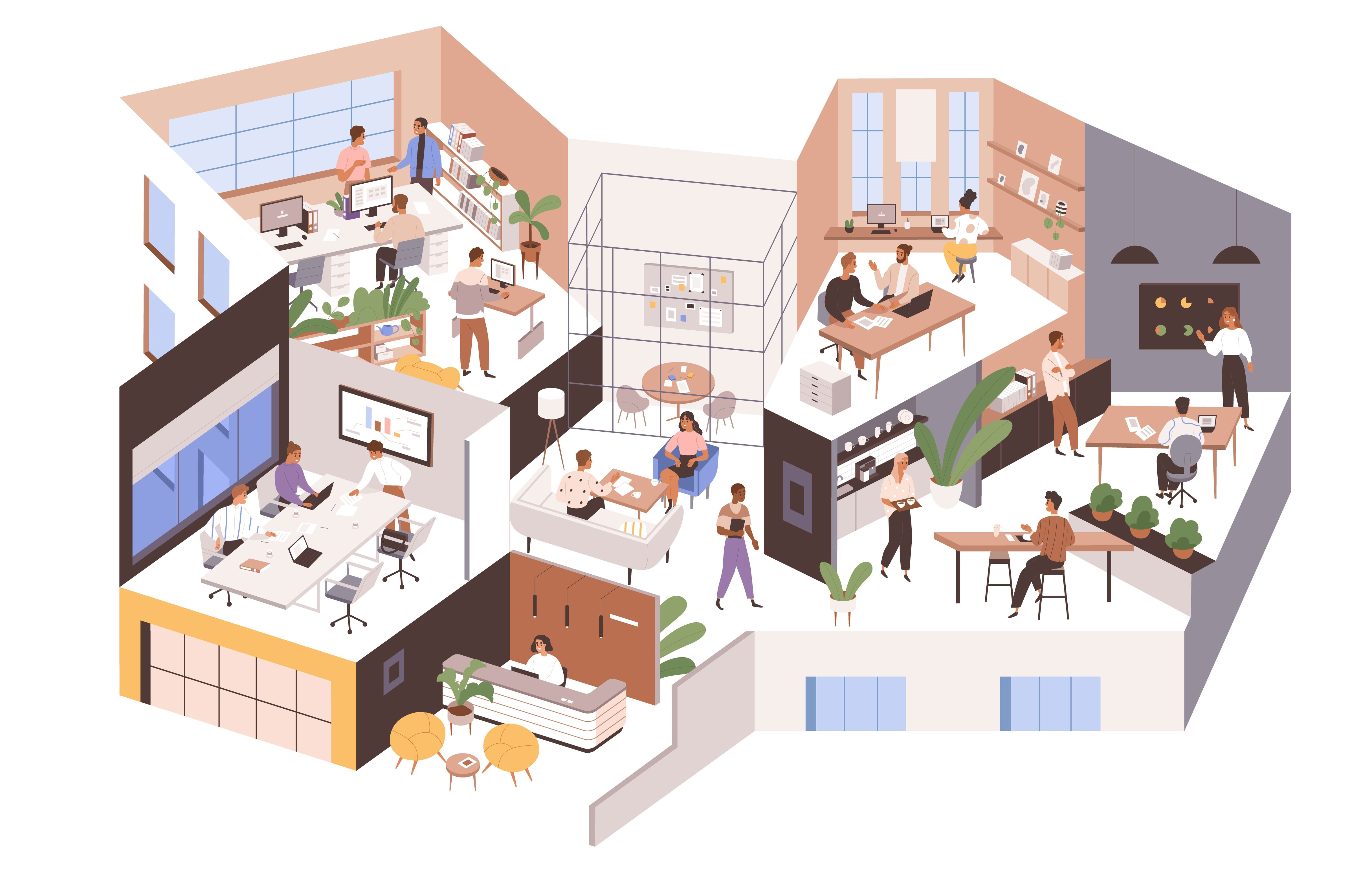
How works agile working?
Definition and origin
Agile working stands for a modern work culture that is focused on openness and success. Since the millennium, the world of work has changed in unprecedented ways. Advances in technology and ever-faster innovation have presented companies with unprepared challenges. It is out of this context that the concept of agile working emerged. It describes a way of working that enables companies to adapt quickly to change in order to succeed. The fundamentals of agile working were developed in the early 2000s in software development, but have since spread to all industries and companies. Essentially, agile working means greater flexibility, faster responsiveness, and a willingness to think and act innovatively rather than sticking to outdated processes. To achieve this, bureaucratic hurdles must be removed to enable a more dynamic way of working.

The core of agile working lies in self-organization: teams take responsibility for decisions that are necessary to achieve the desired results. Processes are continuously reviewed and adjusted, while knowledge is shared transparently. Fixed time windows define the start and end of work so as not to lose focus on on-time delivery. To successfully transition to agile ways of working, it is important to adapt the organizational structure, foster communication and collaboration, and create a flexible work environment. Companies that transition to agile working methods can benefit from increased efficiency, faster innovation and improved adaptability.
Advantages of "Agile Working"
Opportunities and advantages
1. Improved results: Agile working methods can improve the quality of results, as they can be continuously adapted to conditions and expectations. Agile organizations can react flexibly to different situations and thus achieve better results compared to rigid structures.
2. Reduced vulnerability: Since market developments and industry-specific changes cannot always be predicted in the long term, it is important to minimize risks. Agile ways of working make companies less vulnerable to rapid or major changes. Instead of failing due to change, agile companies can continue to compete and even benefit from the difficulties of others.
3. Stronger employee retention: Agile working has a positive impact on employer branding, employee motivation and retention. All employees are more involved, contribute an important part to the company and identify more with its values.


The office as a prerequisite for agility
Prerequisites for agile working
In order to work in an agile manner, companies must rethink their entire organization and structure. Rigid structures are inappropriate and hinder creativity and innovation. The development of new thought and work processes is therefore becoming increasingly important and also influences the use of space. The demands on workspaces are also increasing, especially in terms of ergonomics, multifunctionality and comfort.
Agile teams need an entire ecosystem of spaces that allows them to freely choose and control different room zones. These spaces support the tasks at hand by providing retreats for focused work, meeting zones for sharing, and creative spaces for brainstorming and more. Processes do not have to be interrupted or slowed down. Meetings can be held in an informal atmosphere at standing tables, reducing the time required. Additionally, areas for sharing and feedback as well as relaxation, such as lounges or cafes, should be planned. It is important to recognize that highly concentrated and agile work also requires phases of distraction to recharge one's batteries. In addition to room design, furnishings can also help support agile working. Multifunctional furniture that combines sitting, working and storage space is particularly helpful here.
Office Zones
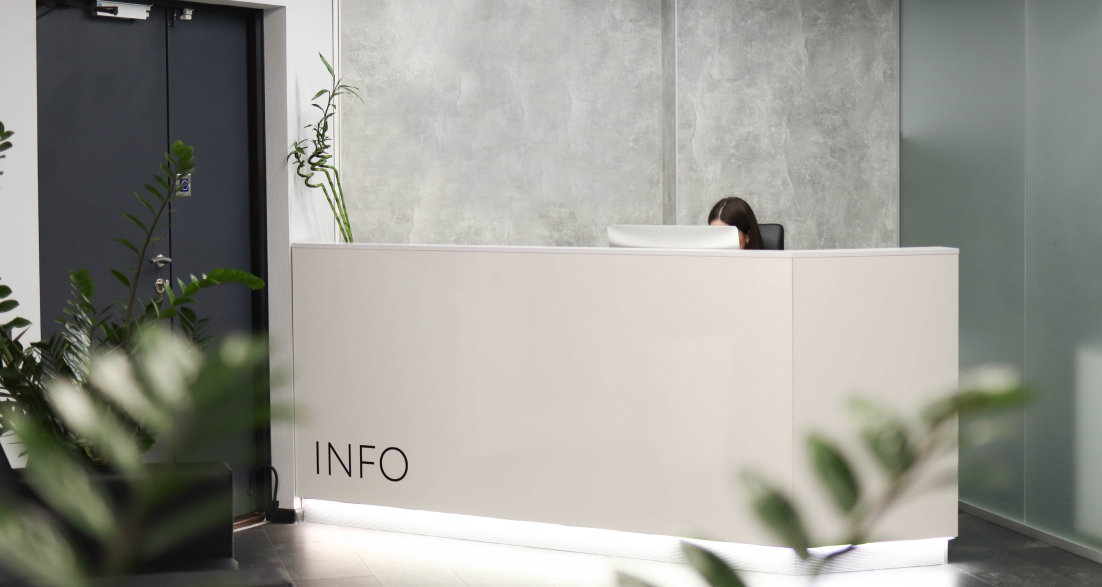
place2arrive - Reception area
By place2arrive we mean the reception and waiting area of a company. The first impression of such an area should offer a pleasant ambience and a feeling of welcome. The corporate design of the company is individually reflected in this area, which allows a confident and customer-friendly appearance. In addition, a beautiful waiting area for customers and guests should not be missing.
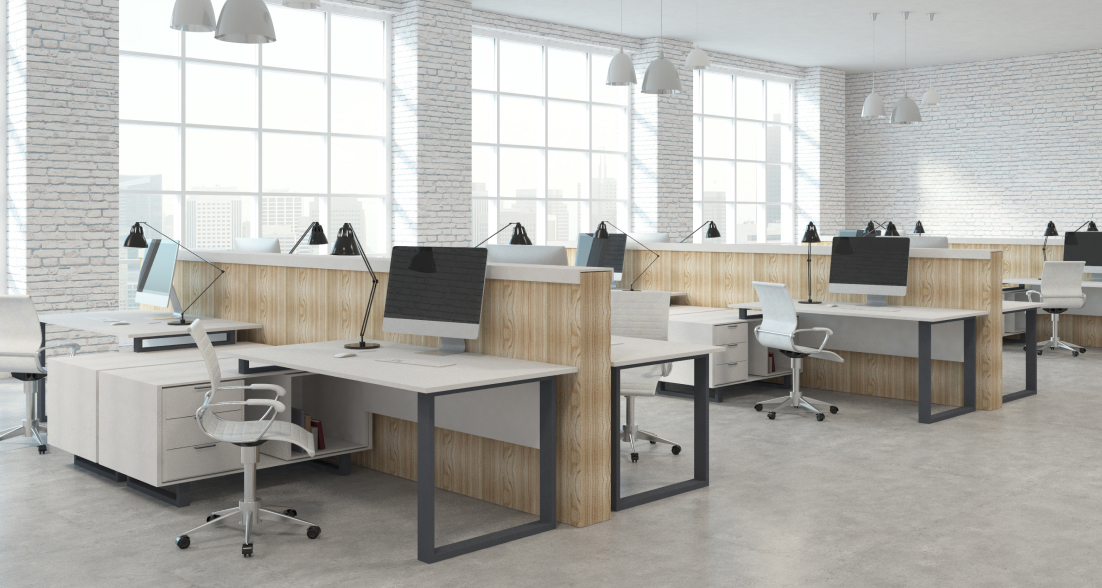
place2work - Individual working at the workplace
The place2work area includes offices ranging from small, individual office spaces to open-plan offices. Here, the focus is on a good working atmosphere for focused work, which is created by ergonomic office furniture as well as the right light, a pleasant climate and good acoustics. Individual and flexible office furnishings also promote motivation and minimize distractions.
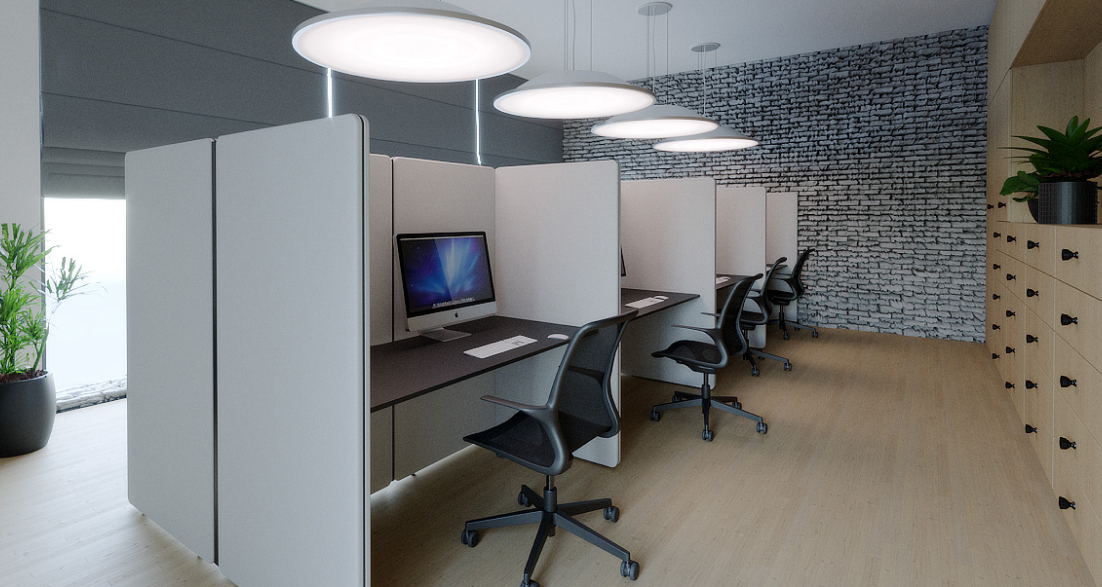
place2focus - Retreat areas in the office
place2focus is the optimal retreat for quiet, concentrated individual work and privacy. This area includes acoustic boxes, protected individual workstations or telephone booths. The protected area promotes quiet and concentrated work. Phone booths and acoustic boxes are ideal for meetings and important phone calls.
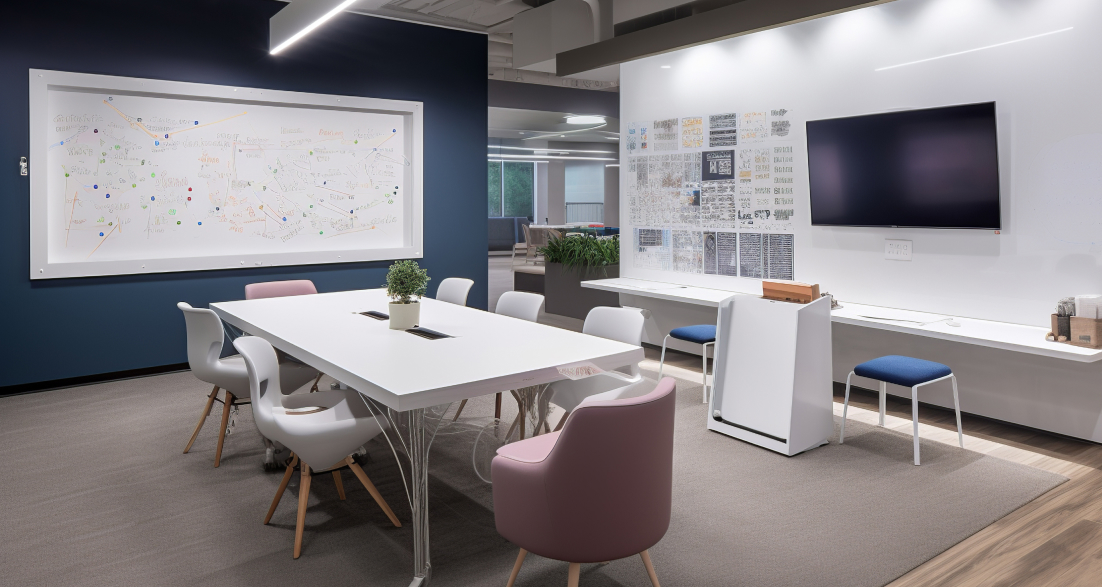
place2collaborate - Project workstations and workshop rooms
Project workstations and workshop rooms form the place2collaborate area. This offers sufficient workspace and material storage space for exchanging ideas among each other and for teamwork on projects. Thanks to flexible room furnishings, this area can always be individually redesigned according to use and preference. This enables innovative and effective work.
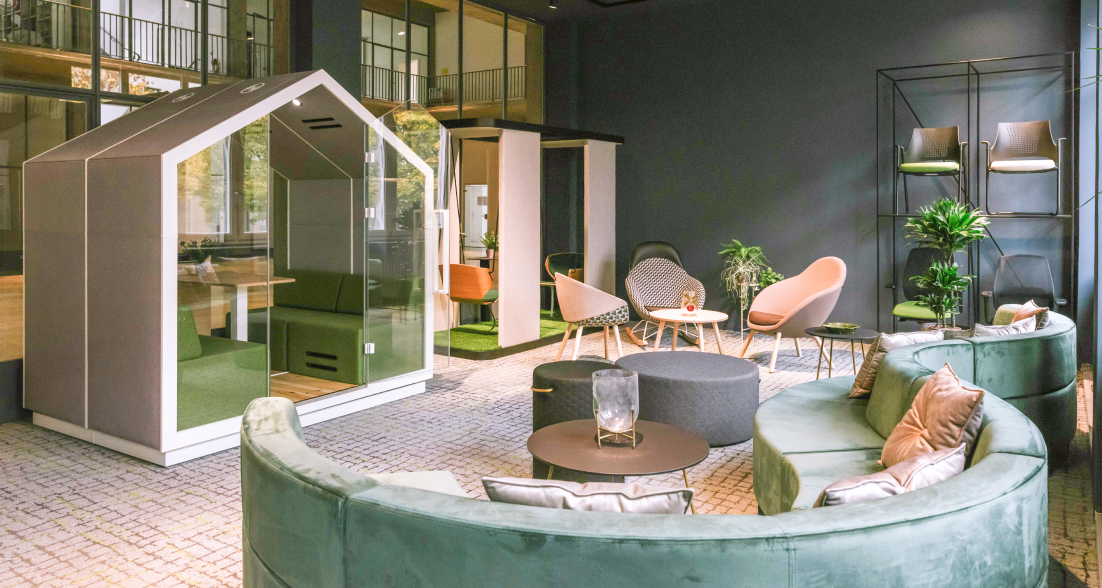
place2relax - Retreats and relaxation areas
place2relax includes relaxation places to switch off, recharge your batteries and come to rest. This retreat area can be designed completely individually and is based on the needs and wishes of the company. Whether a comfortable couch corner, acoustic boxes to retreat or swings to switch off, the focus is on relaxation and recharging energy.
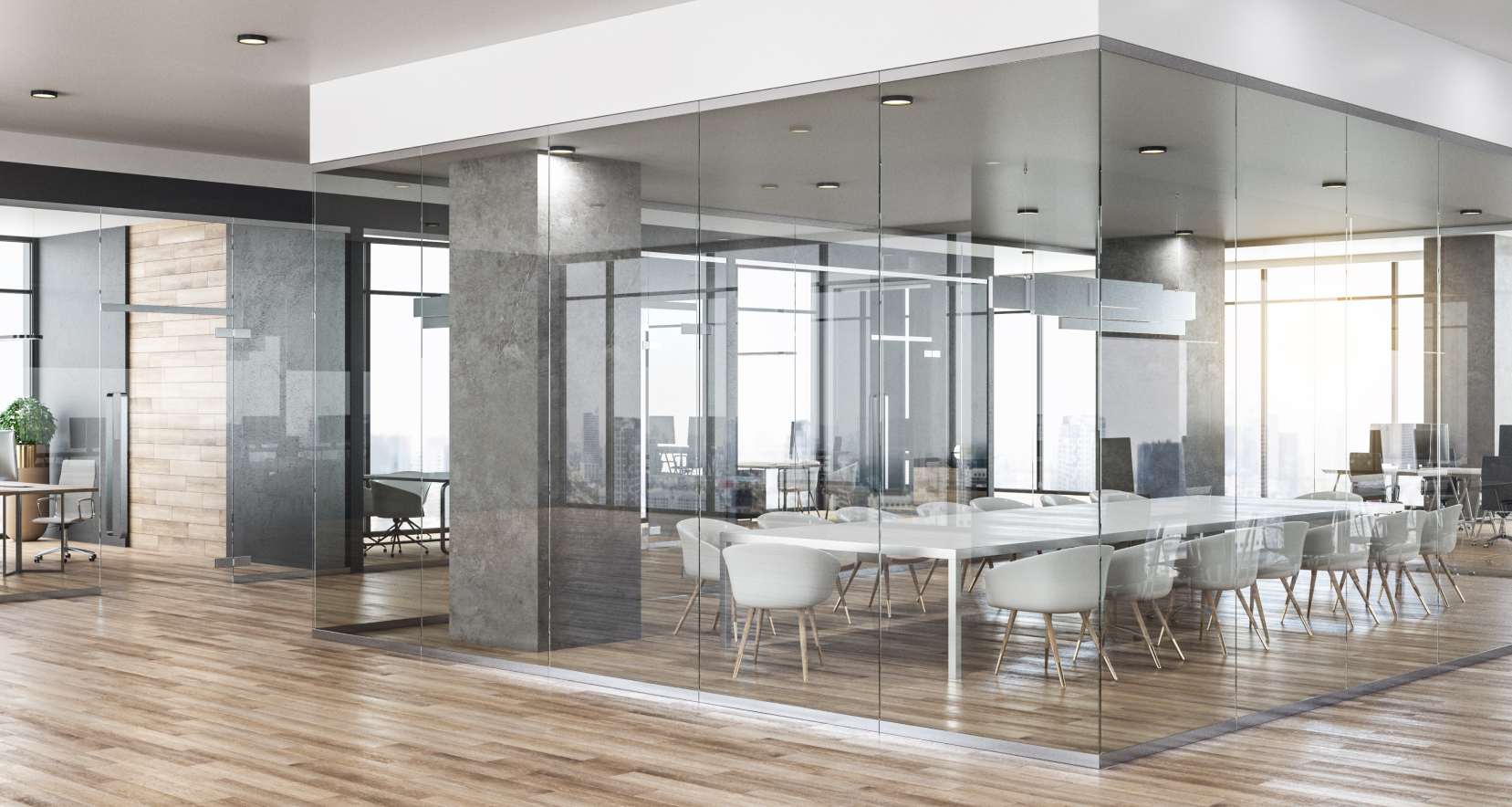
place2meet - Conference rooms and meeting islands
The place2meet area covers workspaces for small and large meetings and get-togethers, such as conference rooms and meeting islands. These areas offer privacy and space for everything between group meetings and impulse lectures. Ergonomic room design and an optimized work environment make the place2meet area ideal for longer meetings.
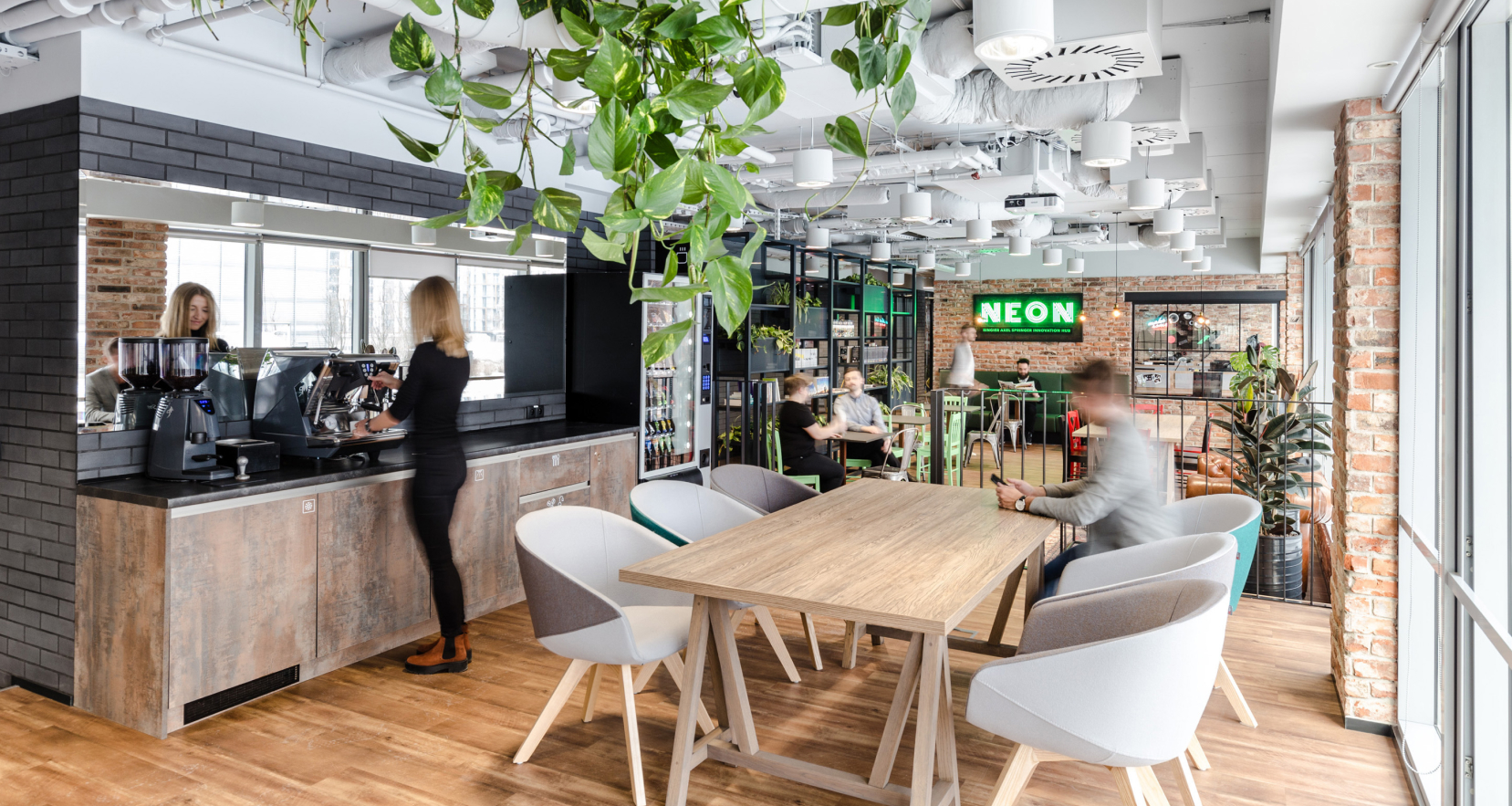
place2socialize - Common rooms and lounge areas
place2socialize includes any areas for break times, such as tea kitchens, canteens or lounge areas. These offer a comfortable ambience for relaxation and well-being through seating for joint conversations. Here, the thought of work is put aside and a sense of community is created among employees. Neatly equipped break rooms are essential for a relaxing and beneficial break.
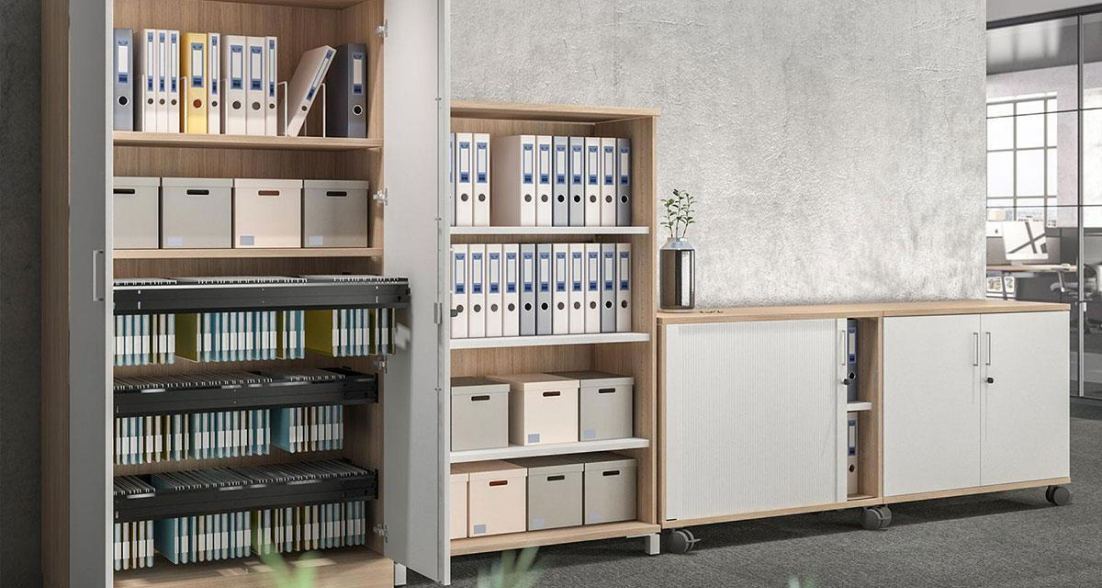
place2store - Storage areas and changing rooms
An area for storage and archives should not be missing in an office. This space is provided by place2store in the form of locker rooms with lockers or rooms with storage options. Individual lockers for storing employees' personal belongings are also important to guarantee order in the workplace. A tidy and sorted workplace promotes concentration and thus effective work.
Modular systems
Modular office furniture - true quick-change artists
In the age of digitalization, furniture is still relevant, but with the necessary flexibility. The guiding principle "form follows function" is not only considered as a design concept in agile workspaces, but as a lived principle. Modular systems consisting of various basic elements such as multifunctional seating, tables, room dividers and boxes enable the creation of individual work landscapes - from quiet individual workstations to dynamic open offices. Ideally, this furniture should not only be mobile, but also easily and quickly changeable to create the desired environment in the blink of an eye. This not only allows different working techniques to be adapted depending on the situation, but also the entire interior design.
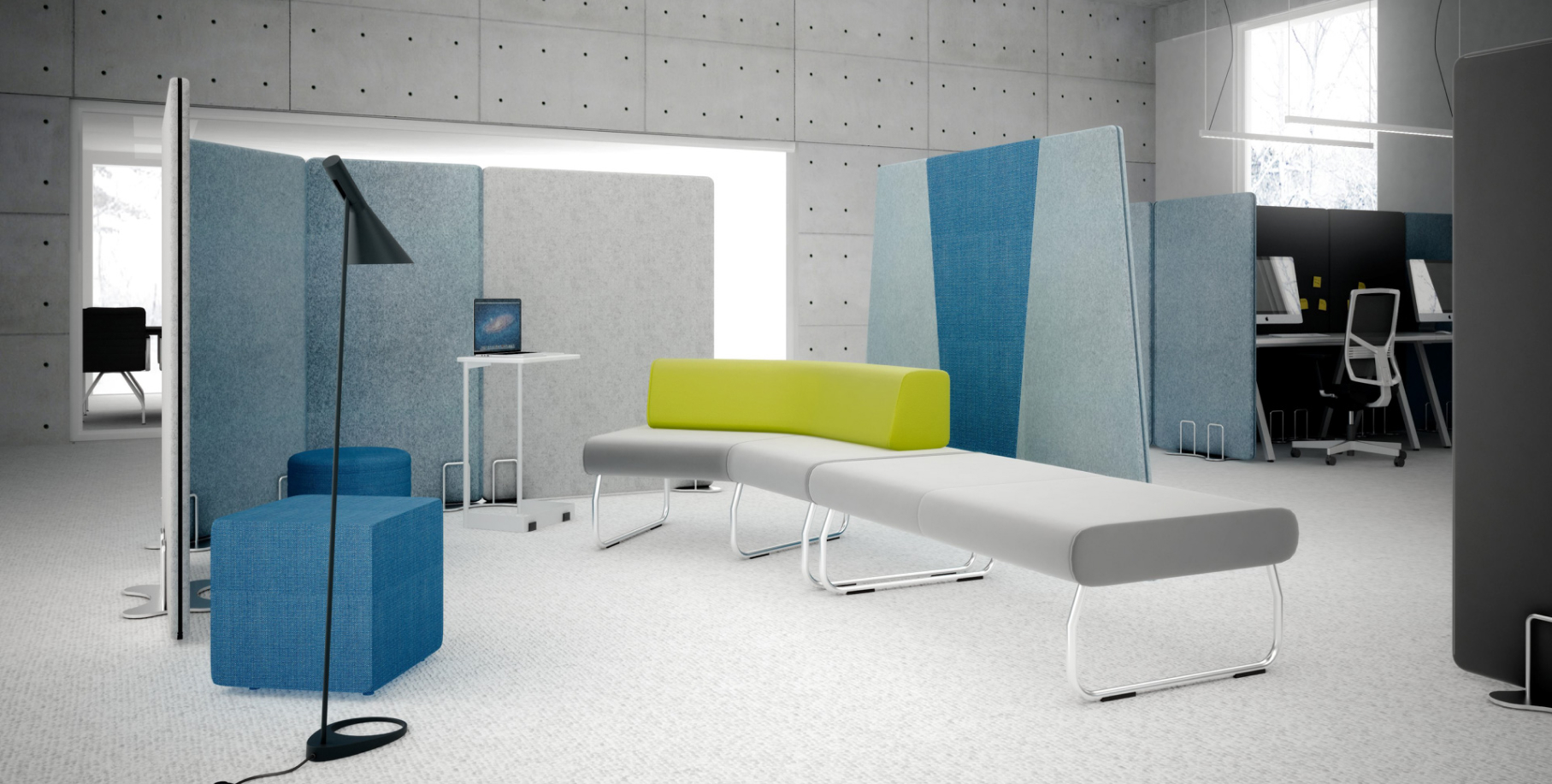
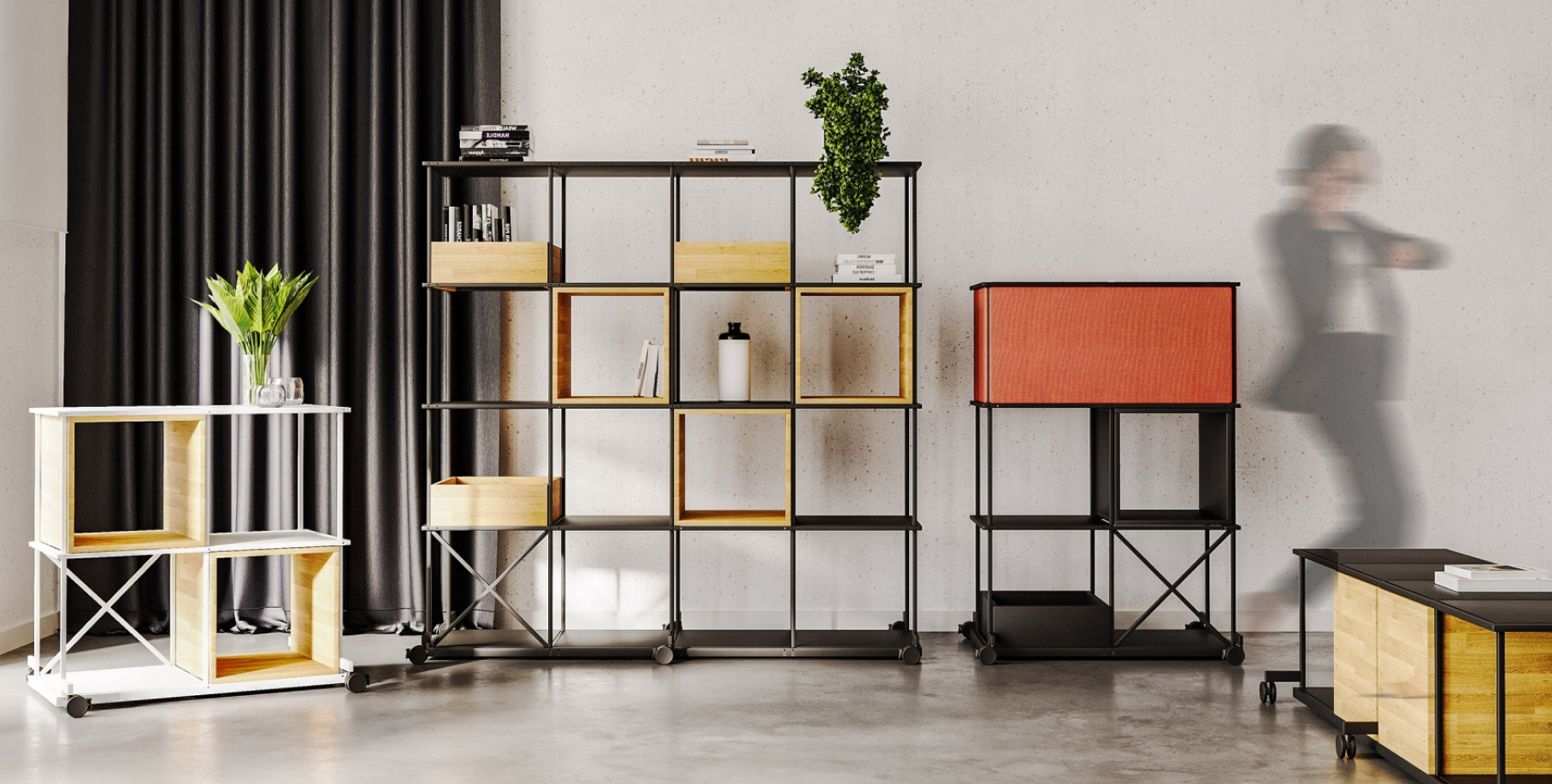
Contact us now!
Are you planning a new office design, an office move, an expansion? Or are you simply looking for ideas for a new office concept?
We would be happy to support you with your project!

